
The choice of soundproofing materials or methods depends on several factors, including the specific noise source, the level of noise you want to reduce, your budget, and the space you’re working with. Here are some commonly used soundproofing options:
1. Insulation:
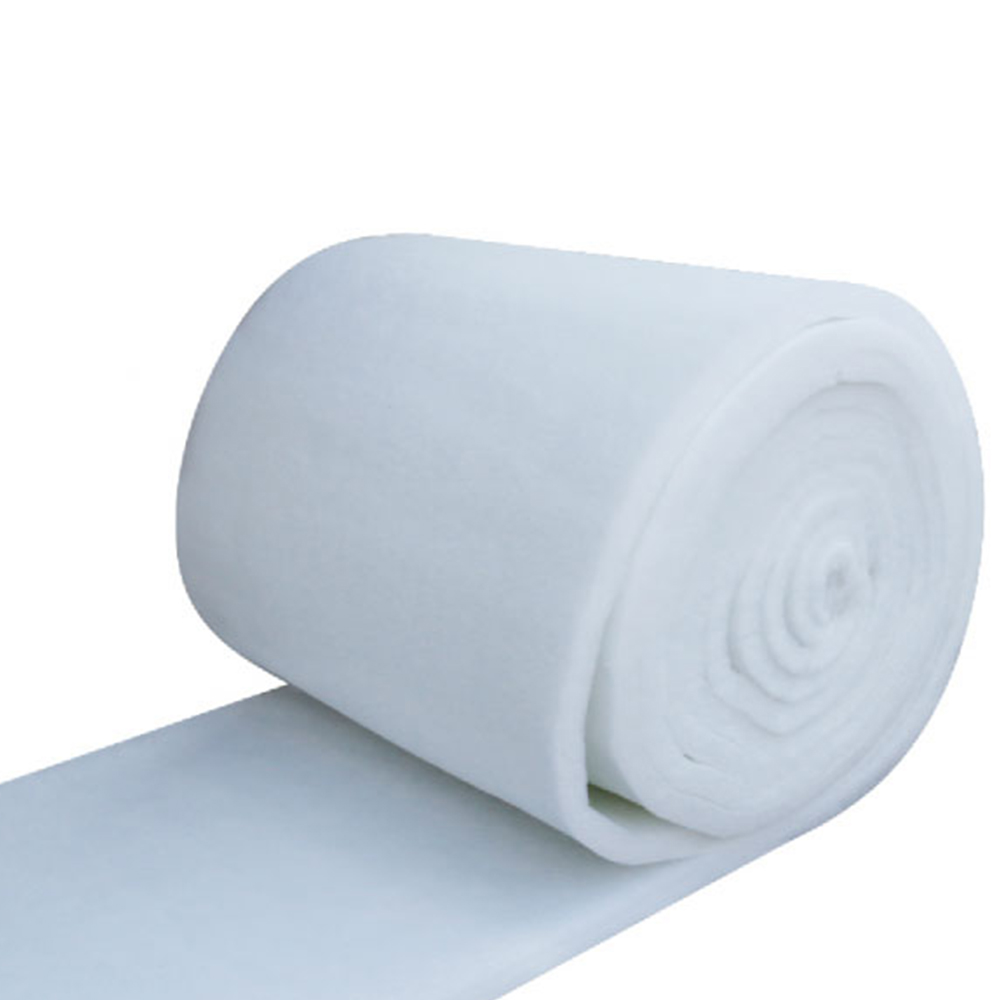
Using high-density materials like PolySynth Wool insulation in walls, ceilings, and floors can help absorb and dampen sound waves.
2. Acoustic Polyester Panels:
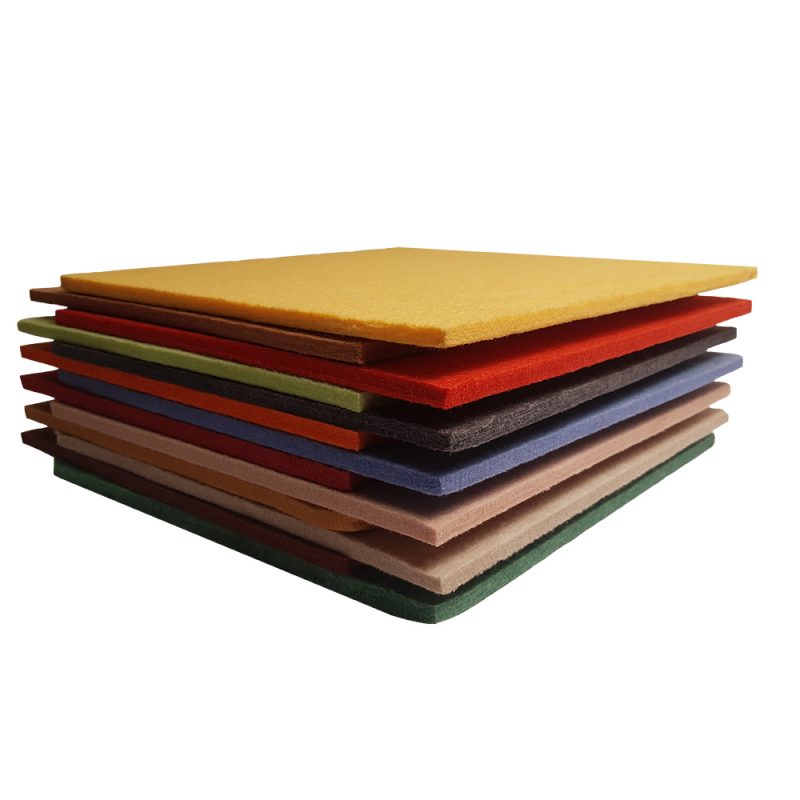
These are panels made of Sound Absorbing Material like polyester that can be installed on walls or ceilings to reduce sound reflections and improve the acoustics of a room.
3. Polyblock Membrane :

Polyblock Membrane is a dense, flexible material that can be added to walls, ceilings, or floors to block sound transmission. It is often used in combination with other soundproofing techniques.
4. Double Glazing:
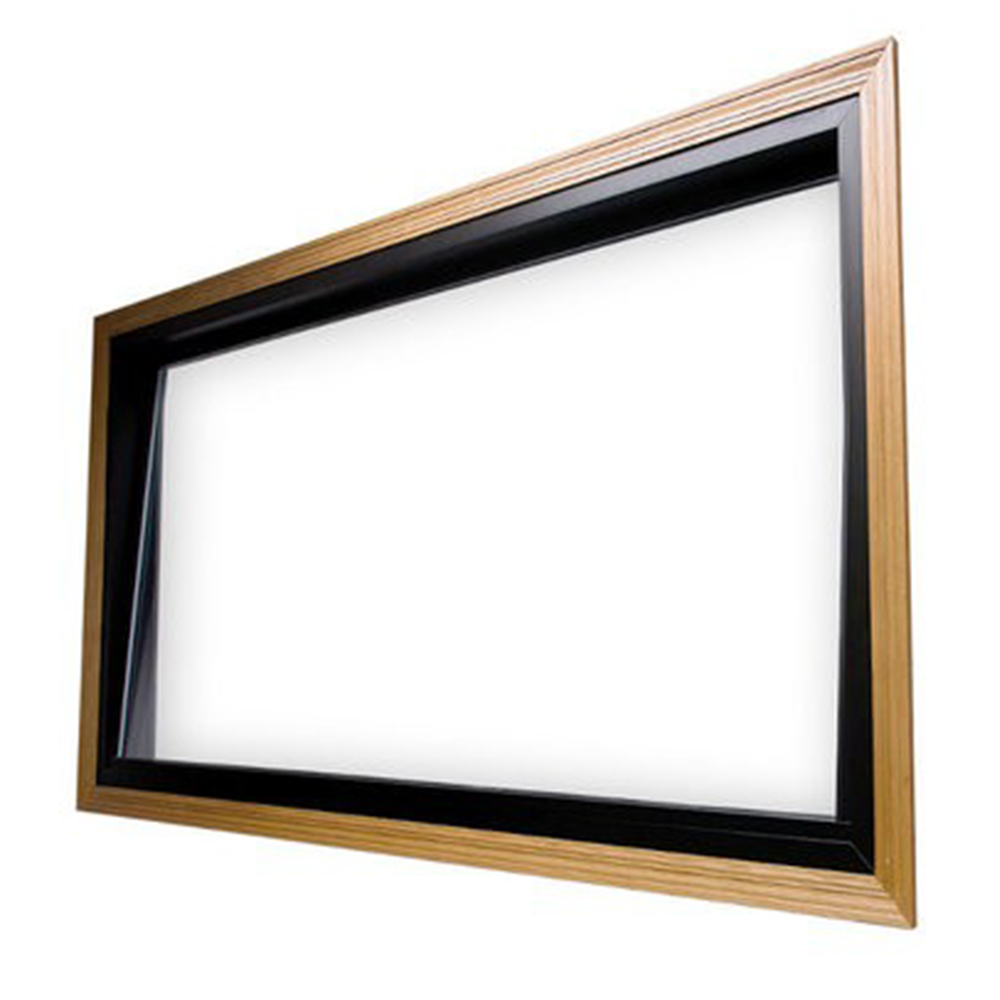
Installing double-pane windows with an air gap between the panes can significantly reduce noise transmission from outside.
5. Door and Window Seals:
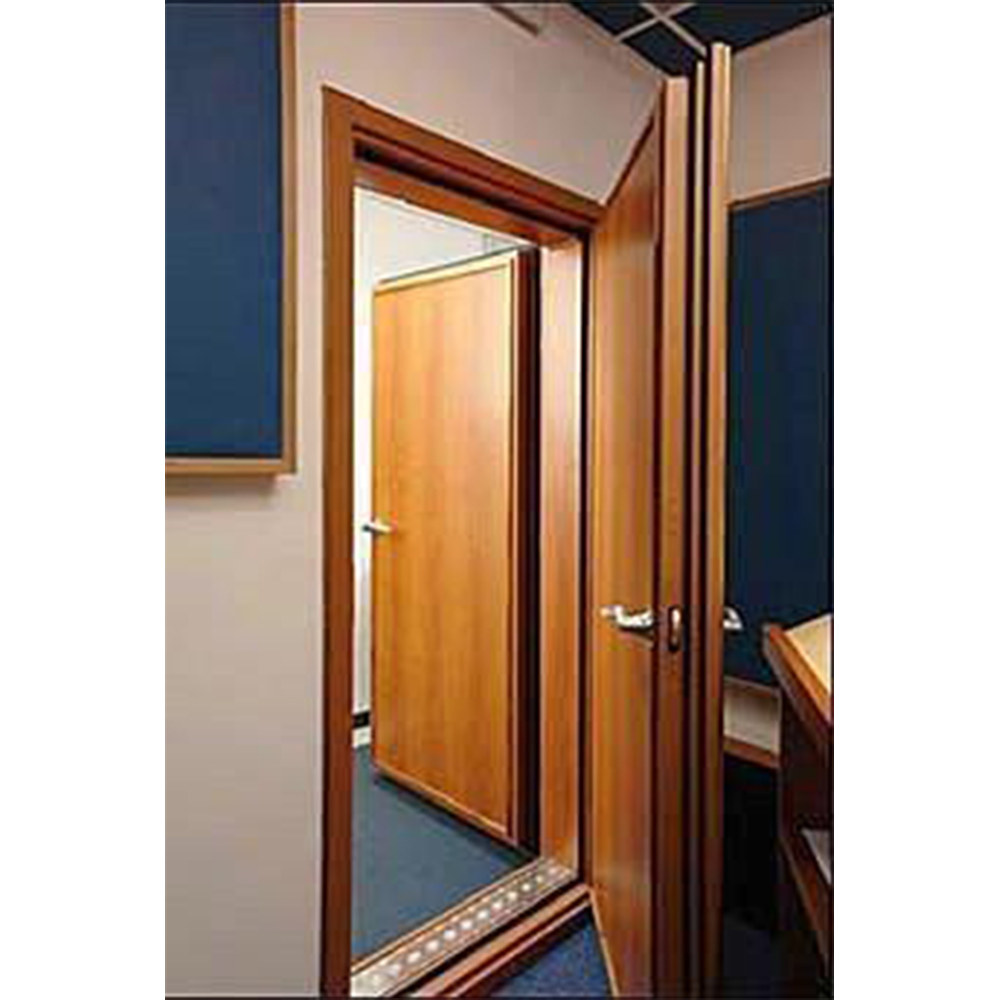
Adding weatherstripping or door sweeps to seal gaps around doors and windows can help block sound transmission.
6. Acoustic Foam:
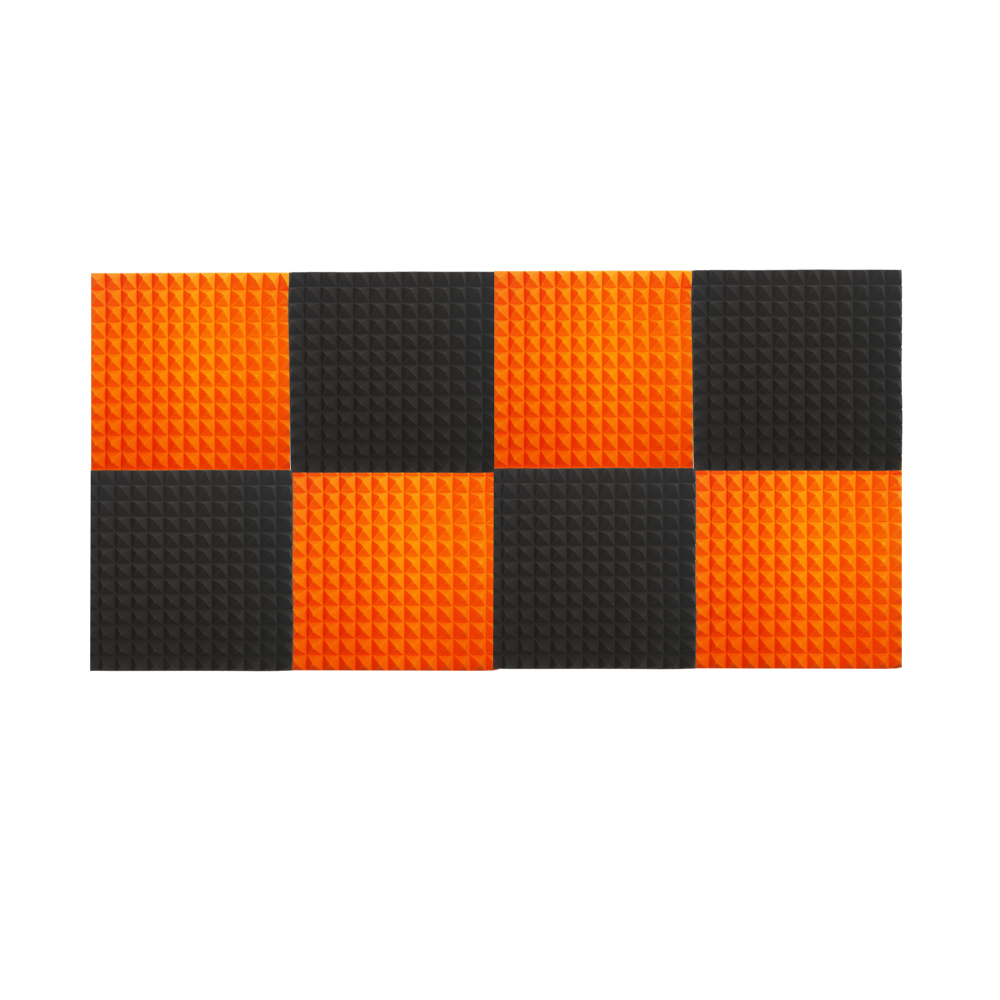
Acoustic foam can be used to absorb and reduce sound reflections in recording studios, home theaters, or other specific applications.
Remember that soundproofing is most effective when multiple techniques are used together. It’s also important to identify the primary source of noise and address it directly whenever possible. Consulting with a professional or acoustic engineer can help you determine the best soundproofing options for your specific situation.
